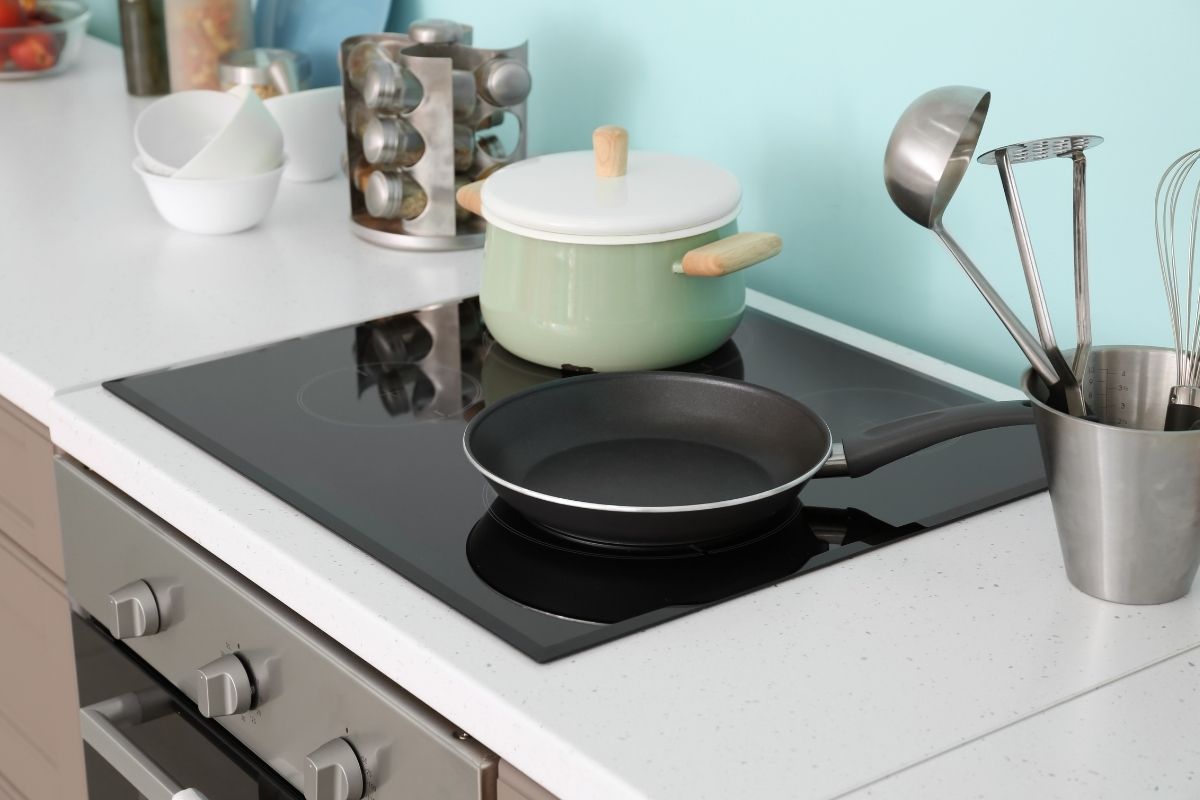

Articles
What Temperature Is Medium On Stove Top
Modified: May 6, 2024
Learn what temperature is considered medium on a stove top and how it affects your cooking. Check our informative articles for more insights.
(Many of the links in this article redirect to a specific reviewed product. Your purchase of these products through affiliate links helps to generate commission for Storables.com, at no extra cost. Learn more)
Introduction
Welcome to the world of culinary adventures! Whether you are an aspiring home cook or a seasoned chef, understanding stove top temperatures is crucial for achieving culinary success. When following a recipe, you often come across instructions such as “cook on medium heat.” But what exactly does that mean? In this article, we will explore the concept of stove top temperatures and specifically focus on understanding what medium temperature means.
Cooking is both an art and a science. Temperature control plays a vital role in transforming raw ingredients into delicious meals. Every stove top has a range of heat settings, typically labeled as low, medium, and high. While low and high temperatures are relatively easier to comprehend, medium heat can be a bit more elusive.
Understanding the nuances of stove top temperatures allows you to have the necessary control over your cooking process. It enables you to select the appropriate heat level to achieve the desired outcome, be it sautéing, simmering, or searing. So, let’s dive into the realm of medium heat and demystify its significance on a stove top.
Key Takeaways:
- Medium heat on a stove top falls between 350°F to 400°F, providing a versatile setting for sautéing, frying, and simmering. Achieving and maintaining the right medium heat is crucial for optimal culinary results.
- Factors such as stove type, cookware material, and room temperature can influence stove top temperature, requiring adjustments for consistent cooking. Preheating the pan, using the right cookware, and monitoring the temperature are essential for successful cooking on medium heat.
Read more: What Temperature Is Medium Heat On A Grill
Understanding Stove Top Temperatures
Before we delve into the details of medium temperature on a stove top, let’s take a moment to understand the broader concept of stove top temperatures. Stove tops typically have three heat settings: low, medium, and high. These settings determine the intensity of the heat generated by the burner and provide a range of temperatures for cooking.
Low heat is used for gentle cooking techniques like simmering, steaming, and slow cooking. It keeps the temperature relatively low and prevents food from burning or overcooking. On the other end of the spectrum, high heat is used for quick and intense cooking methods like searing, browning, and stir-frying. It generates maximum heat and allows for rapid cooking and browning of ingredients.
Medium heat, as the name suggests, falls in between low and high heat. It provides a moderate level of heat that is suitable for a wide range of cooking techniques. Medium heat is often used for sautéing, frying, and simmering. It allows for gentle browning, even heat distribution, and is versatile enough to handle various ingredients and cooking styles.
Understanding the nuances of stove top temperatures is essential because each cooking technique requires a specific level of heat. Different dishes require different heat levels to achieve the desired texture and flavor. By mastering stove top temperature control, you can optimize your cooking process and elevate your culinary creations.
Now that we have a basic understanding of stove top temperatures, let’s zoom in on medium heat and explore its significance in the world of cooking.
What is Medium Temperature on a Stove Top?
When it comes to stove top cooking, medium temperature is a versatile setting that provides moderate heat. However, it’s important to note that the actual temperature of medium heat can vary depending on the stove and the specific model you are using. As a general guideline, medium heat typically ranges between 350°F (175°C) and 400°F (200°C).
Medium heat is often used for sautéing, frying, and simmering. It allows for gentle browning and even cooking of ingredients. The objective of cooking on medium heat is to achieve a balance between cooking food thoroughly and avoiding excessive burning or scorching.
When sautéing on medium heat, you can achieve a nice golden color on ingredients like onions, garlic, and vegetables. It provides enough heat to soften and caramelize them, releasing their flavors and adding depth to your dishes. Medium heat is also suitable for frying items like chicken cutlets or fish fillets, ensuring they cook through evenly without burning on the outside.
Simmering is another technique that benefits from medium heat. It involves gently cooking food in liquid, allowing flavors to meld and ingredients to become tender. On medium heat, you can maintain a simmer without the liquid boiling vigorously, which can cause ingredients to break apart or become tough.
While medium heat is a versatile setting, it’s important to monitor your cooking closely. Different stove tops may have slight variations in heat output, so you may need to adjust the dial accordingly. Additionally, factors like the type of cookware you use, the thickness of the pan, and the amount of food being cooked can also impact the actual temperature achieved.
Now that we have a clearer understanding of what medium temperature on a stove top means, let’s explore the various factors that can affect stove top temperature.
Factors That Affect Stove Top Temperature
While the dial on your stove top provides a general indication of heat levels, several factors can affect the actual temperature experienced during cooking. Understanding these factors will help you adjust and optimize your cooking process to achieve the desired results. Here are some key factors that can influence stove top temperature:
1. Stove Type: Different types of stoves, such as gas, electric, or induction, have varying heat output. Gas stoves tend to provide more immediate and precise control over temperature, while electric stoves may take longer to heat up and cool down. Induction stoves use electromagnetic energy to heat the cookware directly, resulting in faster and more efficient heating.
2. Cookware Material: The type of cookware you use can impact heat conduction and distribution. Materials like stainless steel and copper conduct heat quickly and evenly, while cast iron retains heat and distributes it slowly. The thickness of the cookware can also affect how it interacts with the stove top heat.
3. Pan Size and Shape: The size and shape of the pan can affect how heat is distributed and absorbed. A smaller pan will heat up faster, while a larger one may require more time. Additionally, a pan with a wider surface area allows for faster evaporation, which can impact cooking times and result in higher temperatures.
4. Room Temperature: The ambient temperature of your kitchen can influence stove top temperature. A hot and humid environment may cause your stove top to heat up more quickly, while a cold room may require more time to reach the desired temperature.
5. Heat Output Settings: Different stoves may have variations in heat output even at the same dial setting. It’s important to familiarize yourself with your specific stove’s performance and make adjustments as needed to achieve the desired temperature.
6. Elevation: If you are cooking at a high altitude, the boiling point of water decreases, which can affect the temperature at which your food cooks. Adjustments may be necessary to ensure proper cooking times and temperatures.
By taking these factors into consideration and making necessary adjustments, you can have better control over your stove top temperature. This will allow you to cook with confidence and achieve consistent results in your culinary endeavors.
Now that we understand the factors that can affect stove top temperature, let’s explore how to adjust medium heat on different types of stove tops.
Medium heat on a stove top is typically around 300-350°F (150-175°C). This is ideal for sautéing, simmering, and gently cooking foods without burning them. Keep an eye on the temperature to avoid overcooking.
Adjusting Medium Heat on Different Stove Tops
Each type of stove top has its own unique features and characteristics, which can affect how medium heat is achieved and maintained. Here are some tips for adjusting medium heat on different types of stove tops:
Gas Stove: Gas stoves offer precise temperature control, making it easier to adjust to medium heat. To achieve medium heat, simply turn the burner dial to a position that is between the low and high settings. You may need to adjust the flame size to fine-tune the temperature. A smaller flame indicates lower heat, while a larger flame indicates higher heat.
Electric Stove: Electric stoves take longer to heat up and cool down compared to gas stoves. To achieve medium heat, start by setting the burner to medium-high and allowing it to preheat. Once the desired temperature is reached, reduce the heat to medium. Pay attention to the indicator light, which typically cycles on and off to maintain the set temperature.
Induction Stove: Induction stoves provide precise and immediate heat control. Set the burner to medium heat, and the stove will automatically adjust the power output to maintain the desired temperature. The surface of the stove may remain cool to the touch, as the heat is generated directly in the cookware through electromagnetic energy.
Ceramic Stove: Ceramic stoves have a smooth glass surface with heating elements underneath. Adjusting medium heat on a ceramic stove can be similar to an electric stove. Set the burner to medium heat and allow it to preheat. Then, lower the heat to medium to maintain the desired temperature. Avoid sliding pans across the surface to prevent scratching the glass.
Induction cooktop: Induction cooktops use electromagnetic induction to heat the cookware directly. Follow the manufacturer’s instructions to select the desired power setting for medium heat. Adjustments can be made by incrementally increasing or decreasing the power output until the desired temperature is achieved.
Remember, these are general guidelines, and it’s important to familiarize yourself with your specific stove top and its performance. Each stove top may have its own quirks and nuances, so be open to experimentation and adjust accordingly to achieve the desired medium heat temperature.
Now that we know how to adjust medium heat on different types of stove tops, let’s explore some tips for cooking effectively on medium heat.
Tips for Cooking on Medium Heat
Cooking on medium heat requires finesse and attention to detail. Here are some tips to help you achieve the best results when cooking on medium heat:
1. Preheat the pan: Before adding any ingredients, preheat the pan on medium heat for a few minutes. This ensures even heat distribution and helps prevent food from sticking to the surface.
2. Use the right cookware: Choose cookware that conducts heat evenly, such as stainless steel or cast iron. Avoid using thin or lightweight pans that may result in uneven cooking.
3. Monitor the temperature: Keep an eye on the heat and adjust as needed. If the food is cooking too quickly or browning too much, lower the heat slightly. Conversely, if the food is not cooking through or taking too long, increase the heat slightly.
4. Don’t overcrowd the pan: Overcrowding the pan can lower the temperature and lead to uneven cooking. Leave enough space between ingredients to allow for proper heat circulation.
5. Control the heat: If you find that the temperature is fluctuating too much or the food is cooking unevenly, try using the “pulse” method. This involves briefly turning the heat up and down to maintain a more consistent medium heat.
6. Adjust cooking times: When cooking on medium heat, it’s essential to adjust your cooking times accordingly. Medium heat generally takes longer to cook ingredients compared to high heat. Be patient and allow the food to cook through evenly.
7. Stir frequently: When sautéing or frying on medium heat, stir the ingredients frequently to ensure even cooking and prevent sticking or burning.
8. Use a lid: When simmering or braising on medium heat, use a lid to trap heat and help retain moisture. This promotes even cooking and prevents excessive evaporation.
9. Experiment with flavors: Medium heat is ideal for developing flavors and allowing ingredients to meld together. Take the opportunity to experiment with different herbs, spices, and seasonings to enhance the taste of your dishes.
10. Practice and learn: Cooking on medium heat may require some practice to master. Each stove top and recipe may vary, so take note of your experiences and learn from them for future cooking endeavors.
By following these tips, you can harness the power of medium heat and create delicious dishes with optimal flavor and texture.
Now that we’ve covered the essential tips for cooking on medium heat, let’s conclude our exploration with a brief summary.
Conclusion
Understanding stove top temperatures, especially the concept of medium heat, is essential for any aspiring home cook or seasoned chef. Medium heat provides a versatile and balanced level of heat for various cooking techniques such as sautéing, frying, and simmering.
While medium heat may vary slightly depending on stove type and model, it generally falls within the range of 350°F (175°C) to 400°F (200°C). Achieving and maintaining the right medium heat is crucial for achieving desired results in your culinary creations.
Factors such as stove type, cookware material, and room temperature can influence stove top temperature and require adjustments to achieve consistent results. Gas stoves offer precise control, while electric and induction stoves require preheating and temperature adjustment. Ceramic stoves and induction cooktops come with their own unique features, requiring an understanding of their operation.
When cooking on medium heat, it’s important to preheat the pan, use the right cookware, and monitor the temperature closely. Avoid overcrowding the pan and adjust cooking times accordingly. Stir frequently, use a lid when necessary, and don’t hesitate to experiment with flavors to enhance the taste of your dishes.
Remember that mastering medium heat on your stove top may require some practice and familiarity with your specific equipment. Each stove top has its own nuances, and by trial and error, you can refine your skills and achieve perfect results in your cooking endeavors.
So, the next time a recipe calls for medium heat, you will approach it with confidence, knowing exactly what it means and how to achieve the optimal temperature on your stove top. Enjoy your culinary journey as you explore the possibilities of cooking on medium heat!
Now that you've mastered cooking with medium heat on your stove top, why not extend your culinary skills outdoors? Grilling can transform dishes with a unique flavor that's hard to replicate indoors. If you're curious about managing medium heat on a grill for perfect results every time, our next guide provides all the insights you need. Perfect your grilling technique to impress at your next barbecue!
Frequently Asked Questions about What Temperature Is Medium On Stove Top
Was this page helpful?
At Storables.com, we guarantee accurate and reliable information. Our content, validated by Expert Board Contributors, is crafted following stringent Editorial Policies. We're committed to providing you with well-researched, expert-backed insights for all your informational needs.
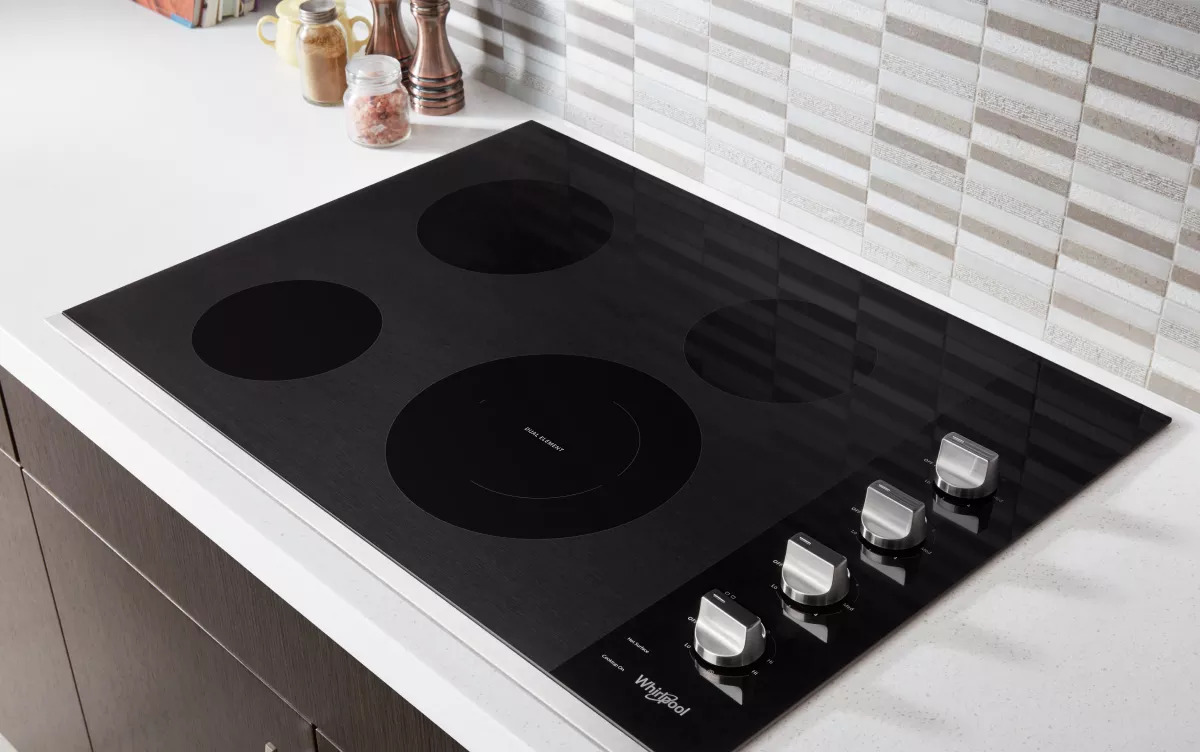
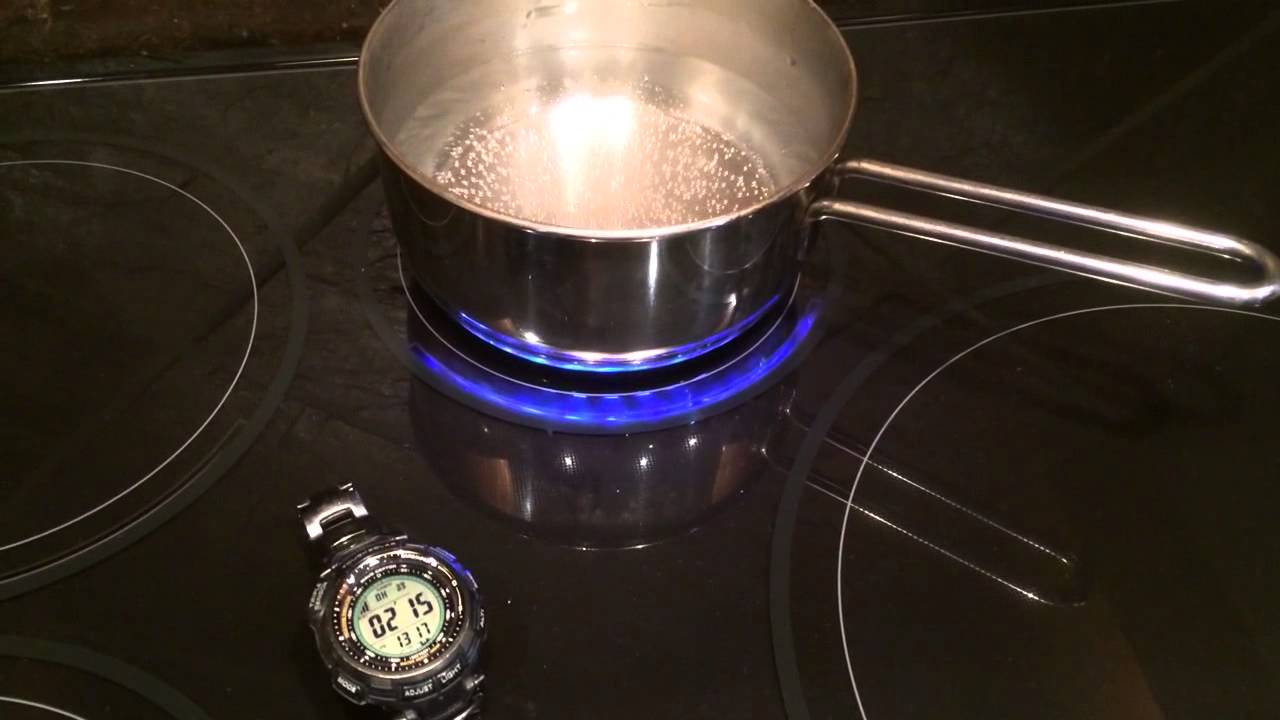

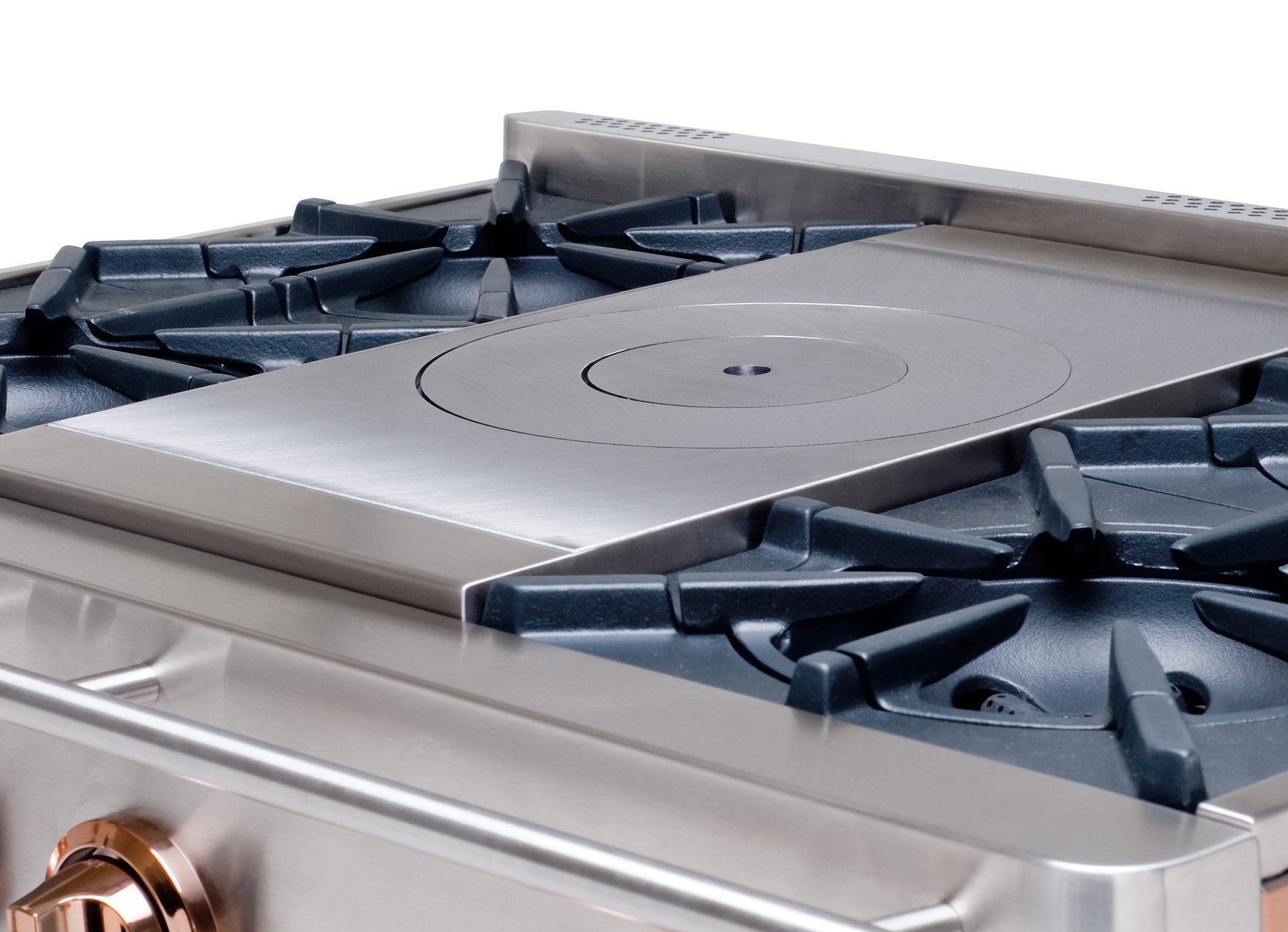
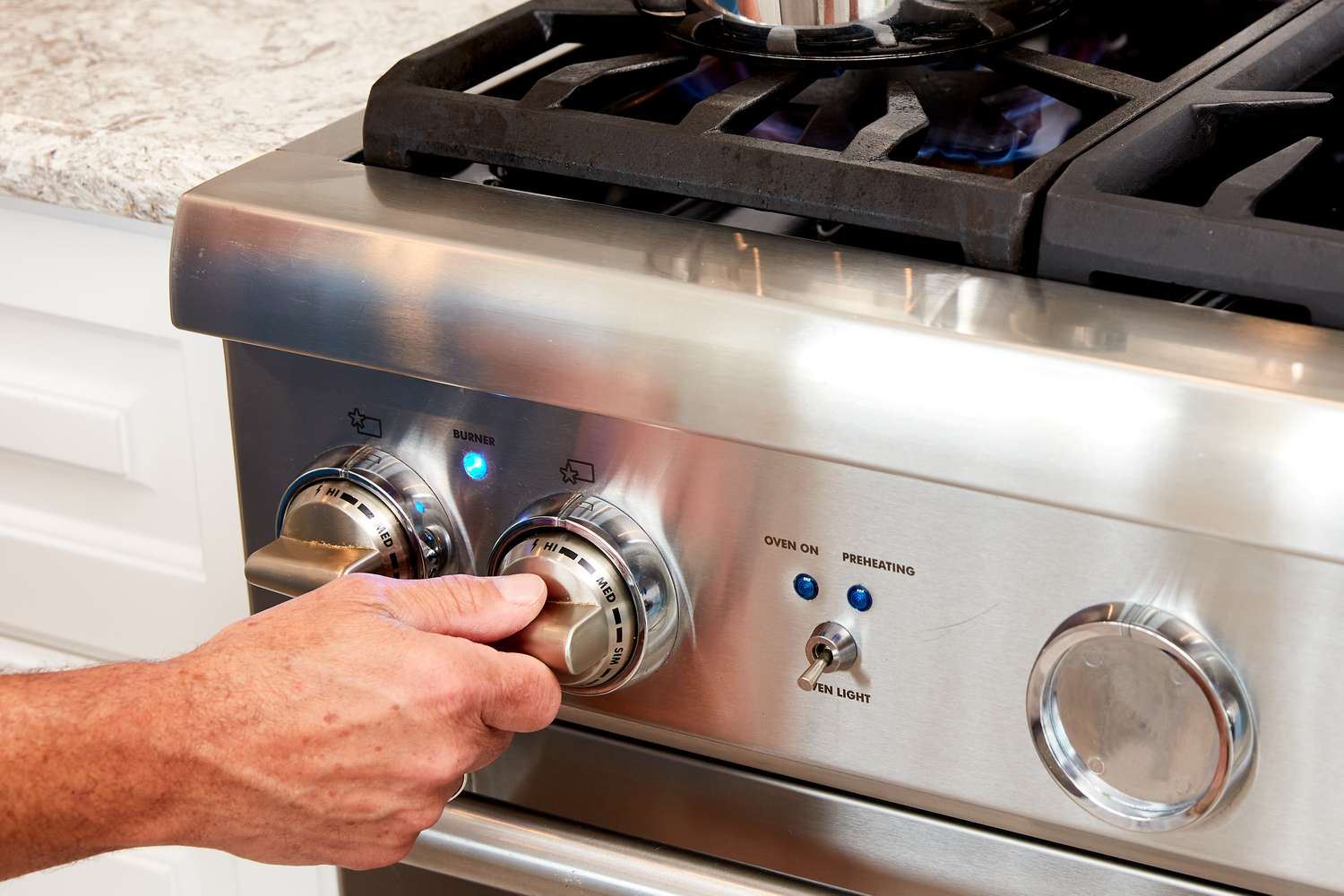
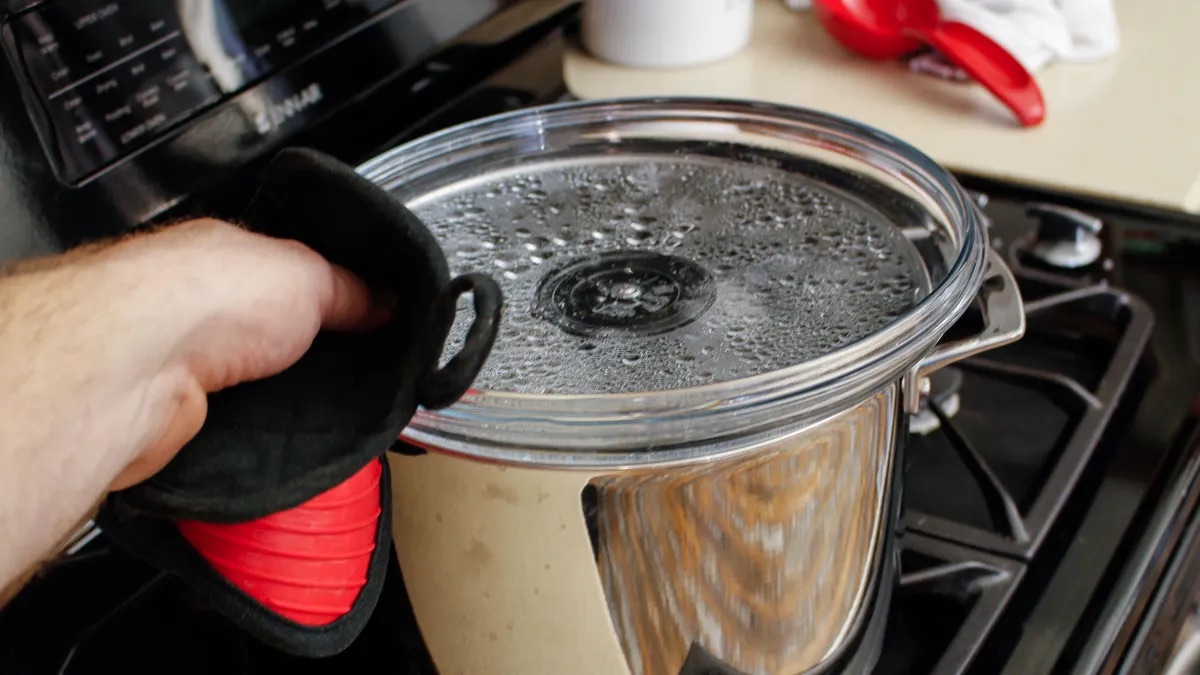
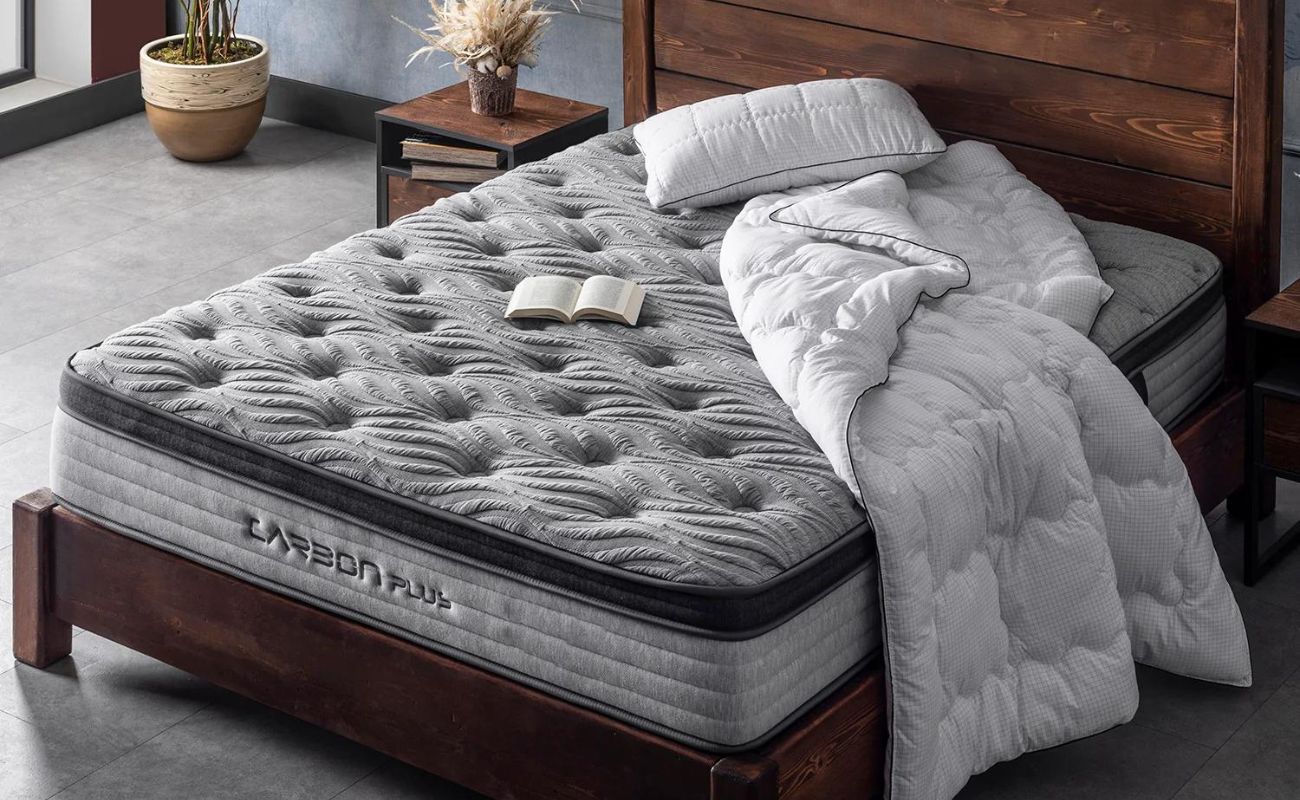
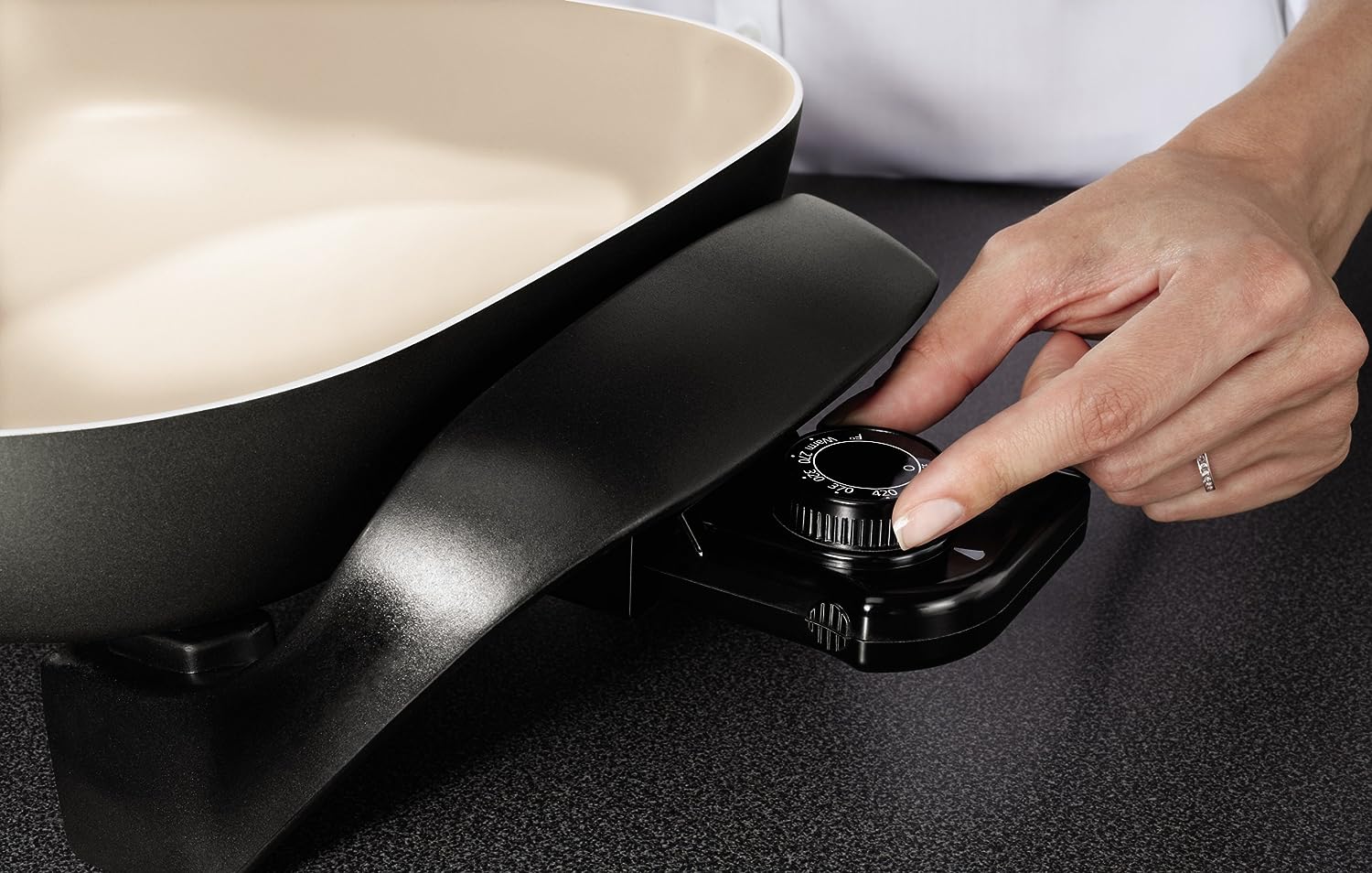
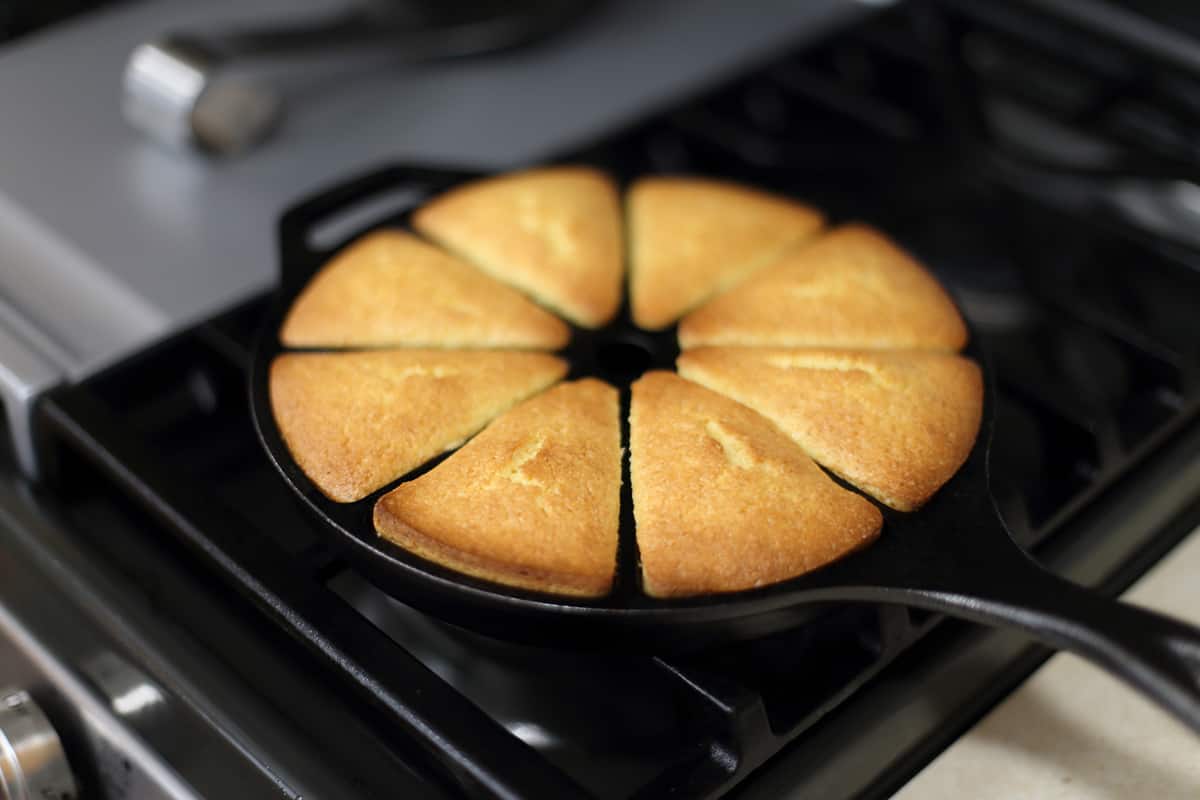
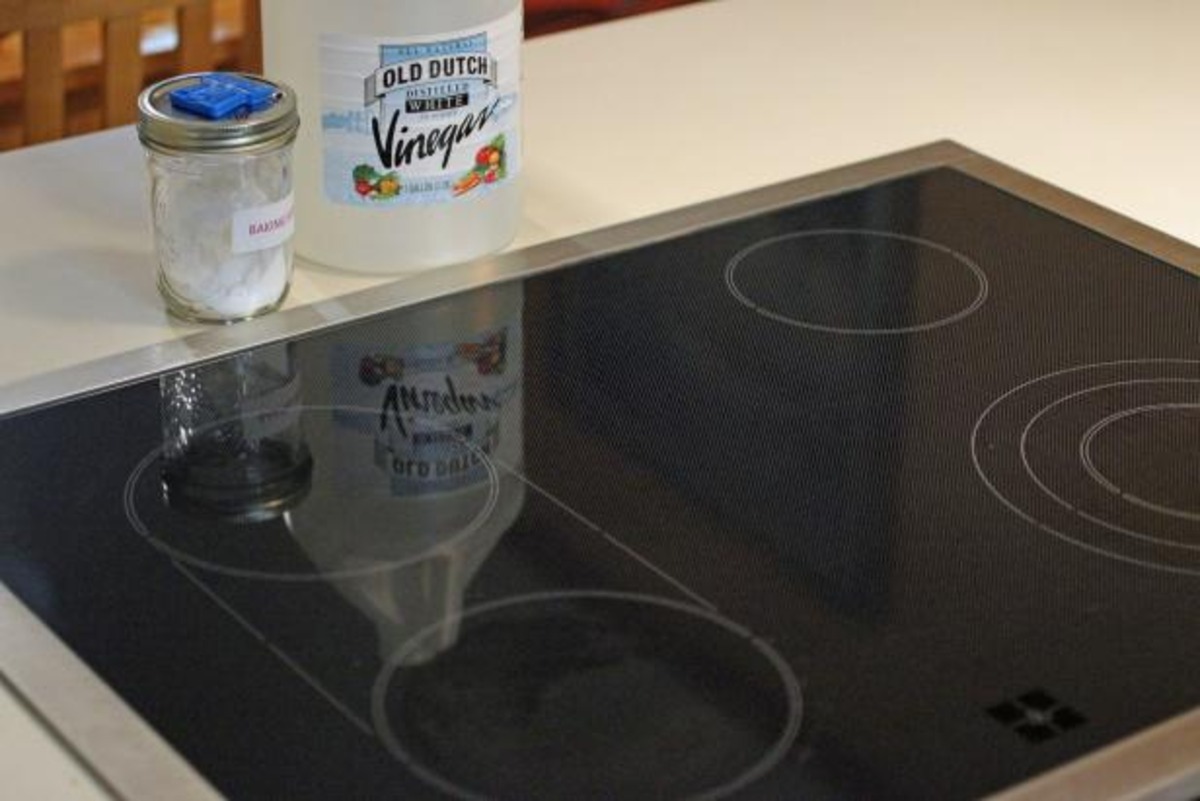
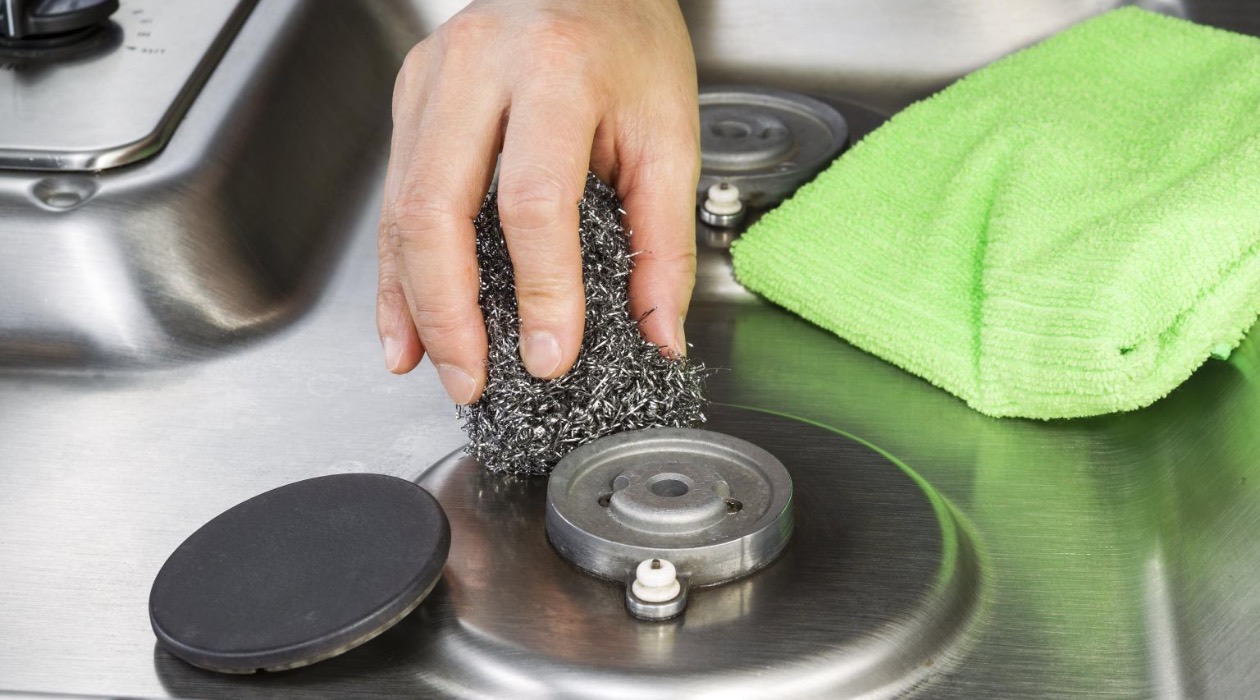
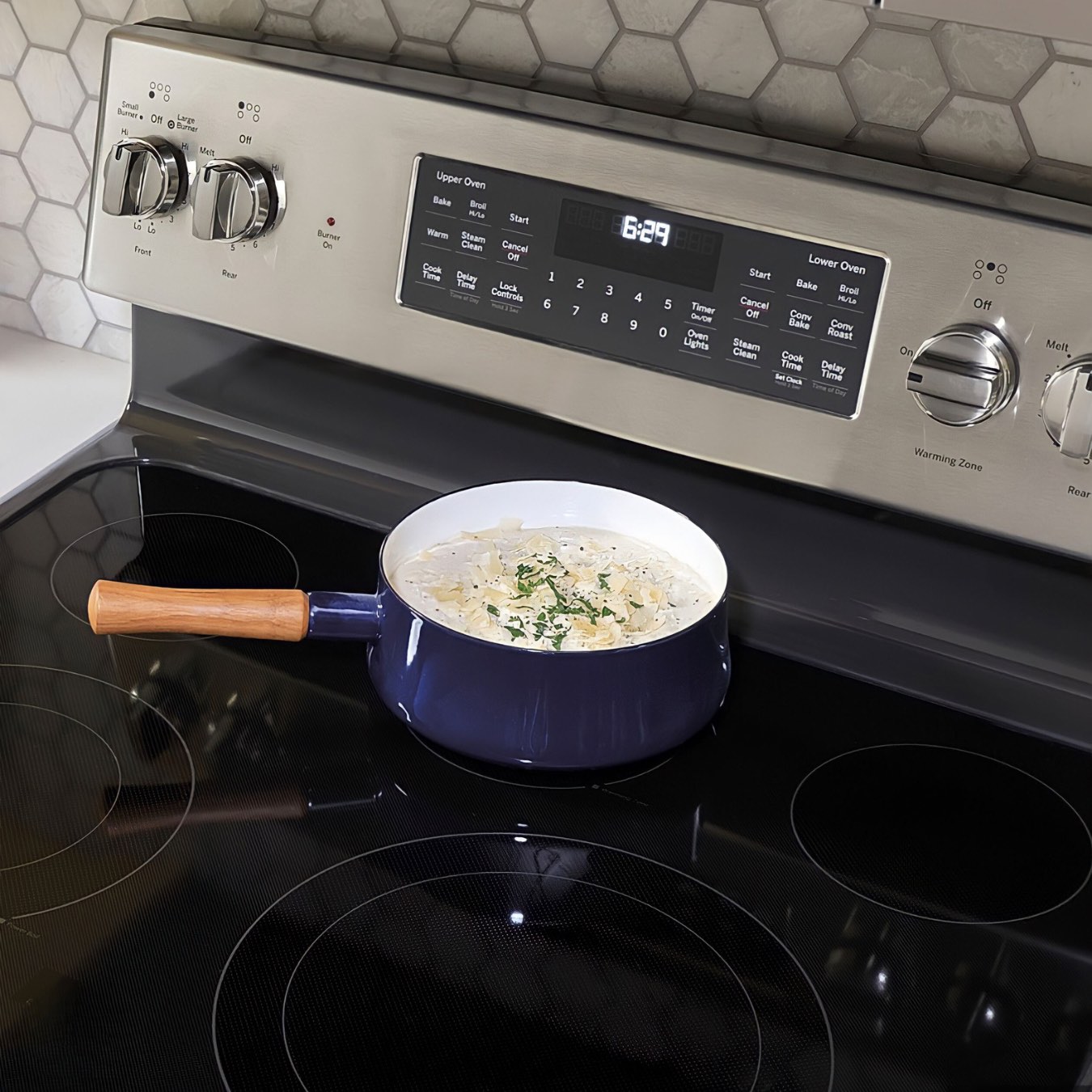
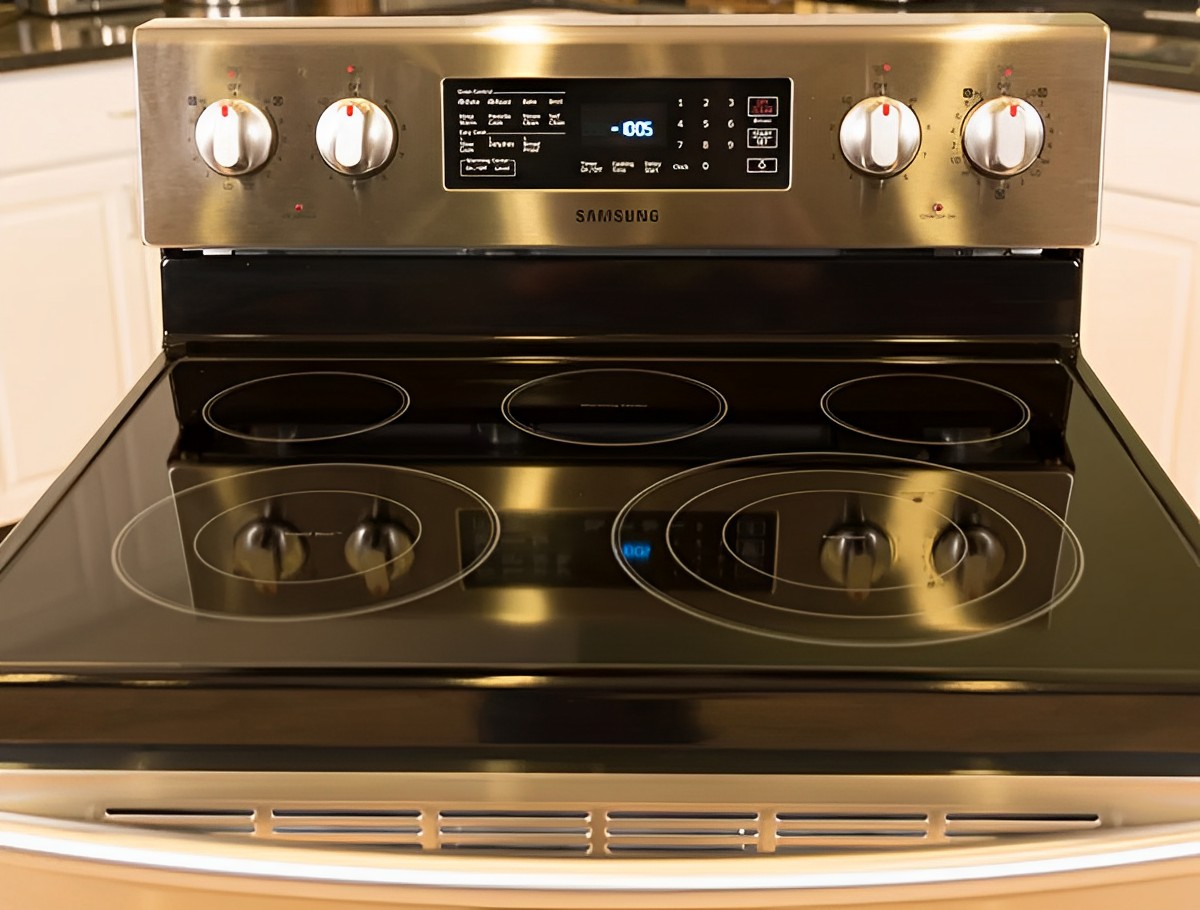
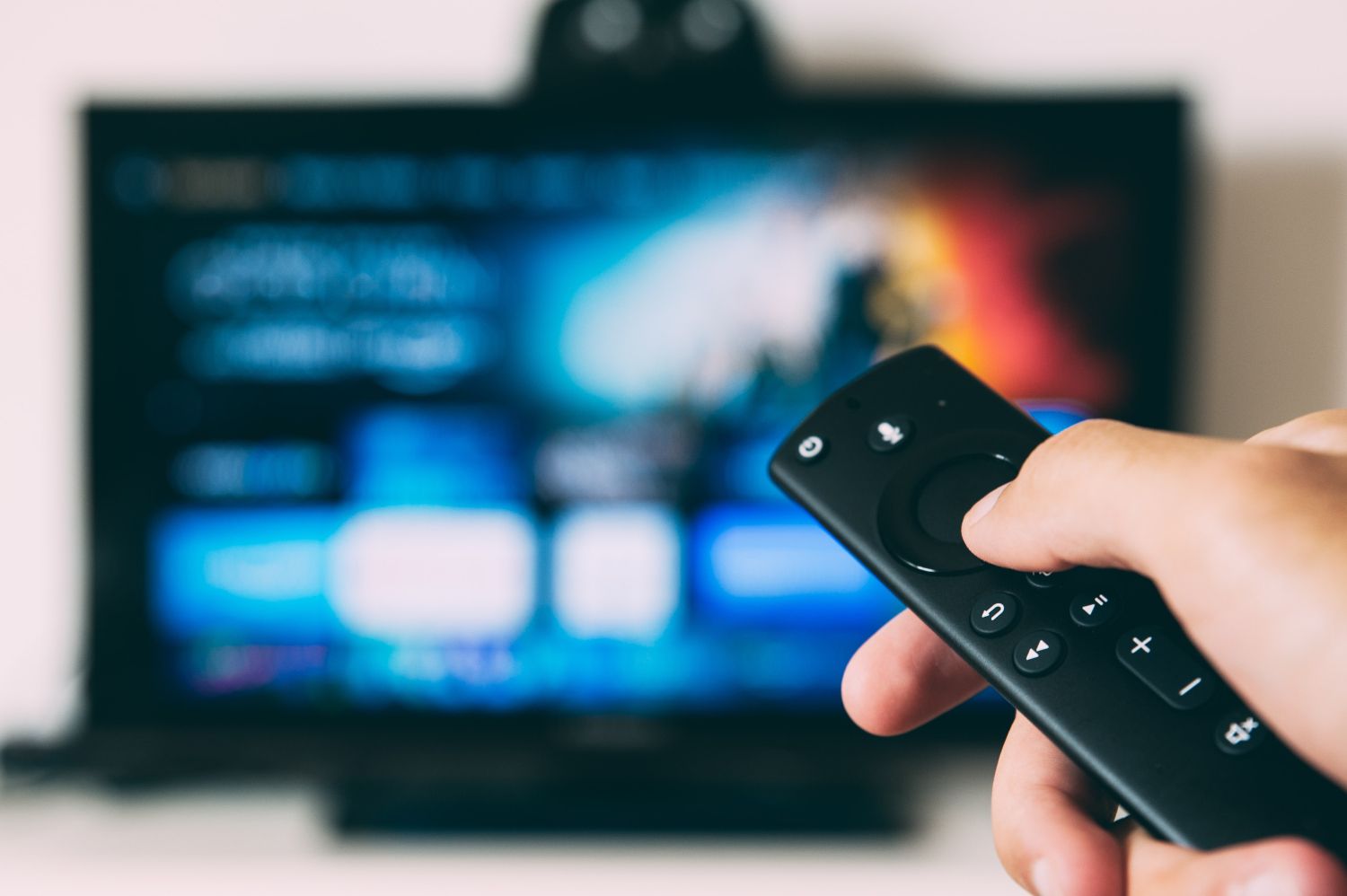

0 thoughts on “What Temperature Is Medium On Stove Top”